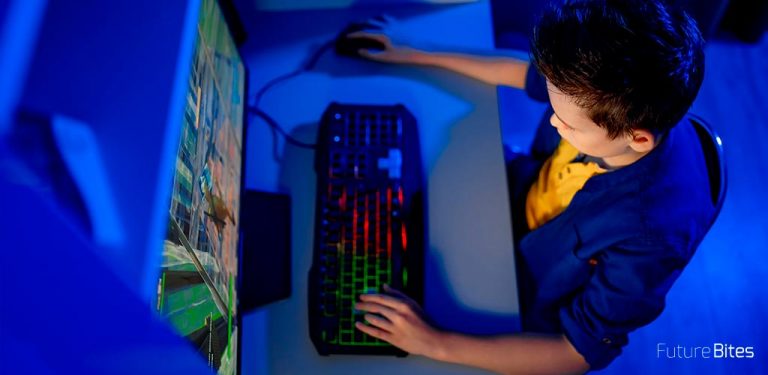As we saw in previous articles, Artificial Intelligence in video games, technology can also be applied in the field of children, focusing in this case on video games and the concept of serious games, to innovate in conventional teaching methods.
The introduction of technology in the classroom is increasing, both in regular education centres and in special education centres. In the following article we talk about the use of serious games in care centres for people with ASD (Autism Spectrum Disorder). In addition, we talk about why technological devices such as tablets help these people.

Serious games and ASD
Serious games are a set of games whose character is not so much aimed at entertainment, but whose objective is to train or teach a person.
In order to provide quality and effective education, user interfaces must be accessible and simple. In addition, they should be included as routines and also be part of the other activities in the classroom.

Depending on the application of the software to be assigned, it is mandatory to establish guidelines to be followed in the education of these subjects. For example, in the case of people with ASD, it is mandatory that video games maintain a non-error-based education. In addition, the UI must not contain elements that may distract the subject and must arouse the player's interest.
The introduction of technology in the classroom makes it possible to work in 3 areas:
- Augmentative and alternative communication, i.e. communication that includes all modes of communication (other than speech) used to express thoughts, needs, wishes and ideas.
- Support to increase personal autonomy.
- Resources for learning in school.
Use of tactile devices in ASD
Several utilities are defined that can be given to tactile devices to support special education:
- Ease of use: for button-pressing applications, simply touching the screen performs the action.
- Defined cause-effect: In many cases, pupils with special needs have difficulties in using the computer. This is because executing movements on one object (keyboard or mouse) and observing their effect on another element (monitor) is not always easily understandable. However, this is not the case on a tablet, as pressing a button (action) gives a direct reaction, in the form of sound or movement of the game character.
- No prior learning is necessary: the use of a mouse or a keyboard requires prior learning on the part of the student. On the tablet, a gesture as simple as pressing the screen triggers the action.
- Autonomy: due to its simplicity of use, and once the necessary configuration for each student is known. It is very easy for the user to use the application autonomously without the presence of an adult.
Technology as innovation
We can conclude that the ease of use of this type of device can be combined with a video game whose objective is to entertain as well as to teach. In this way, technology could be used to innovate in a field such as traditional teaching, in order to offer a new experience to patients suffering from ASD.
In addition, this use of technology allows us to create methods to measure a player's progress more efficiently, by being able to send failures and successes to a database. This data can be displayed in an external application, or integrated into the videogame itself so that the therapist can make use of it.












